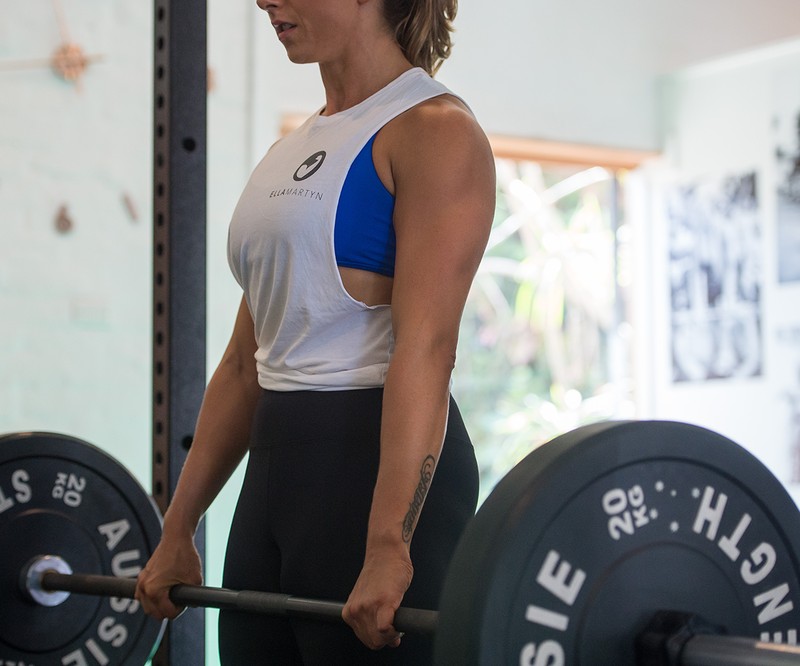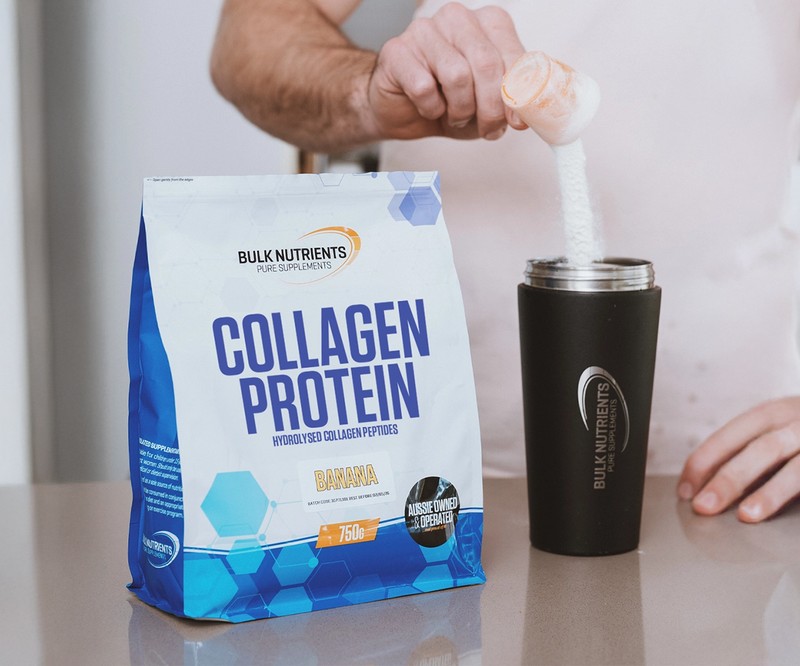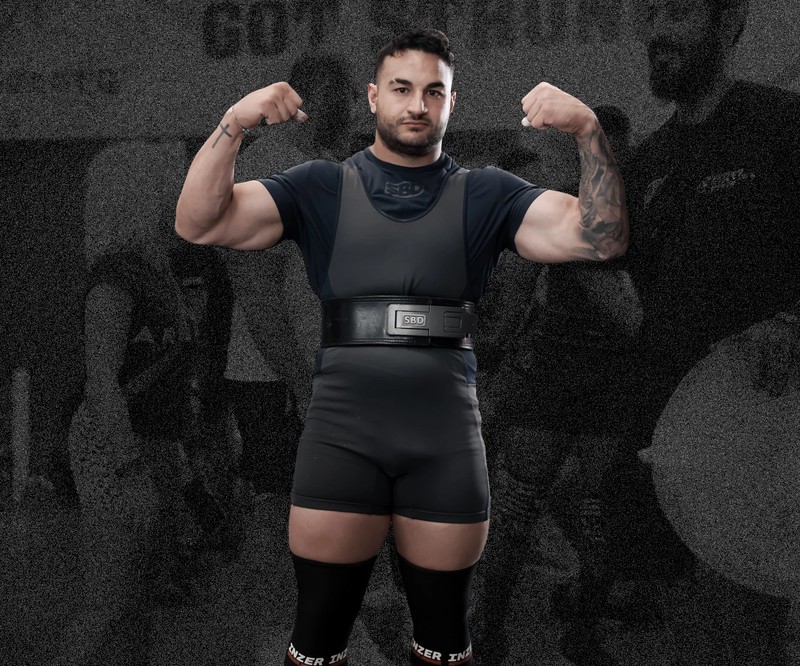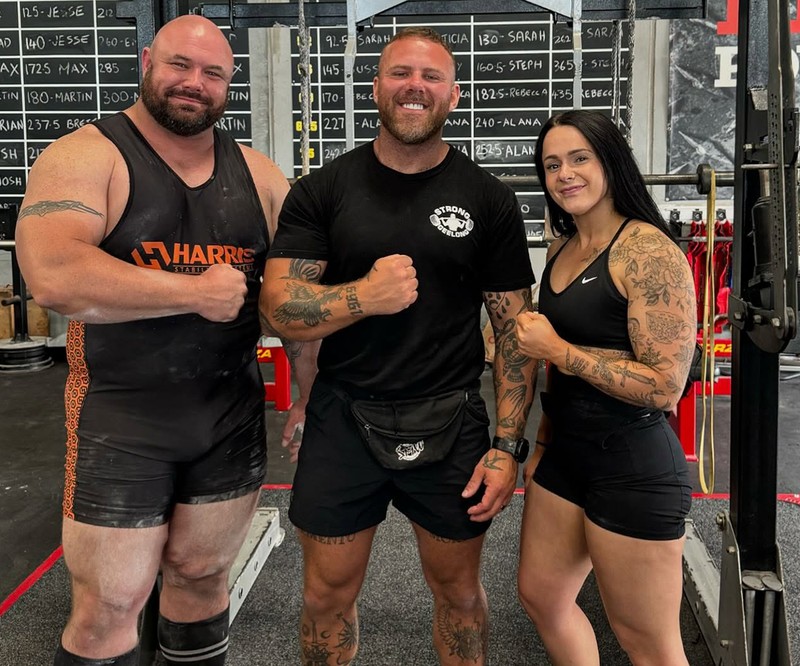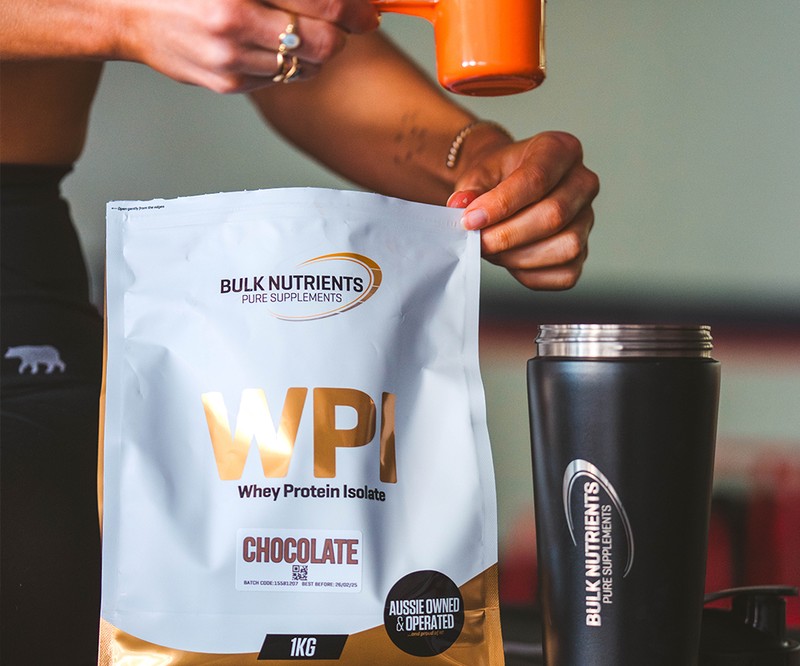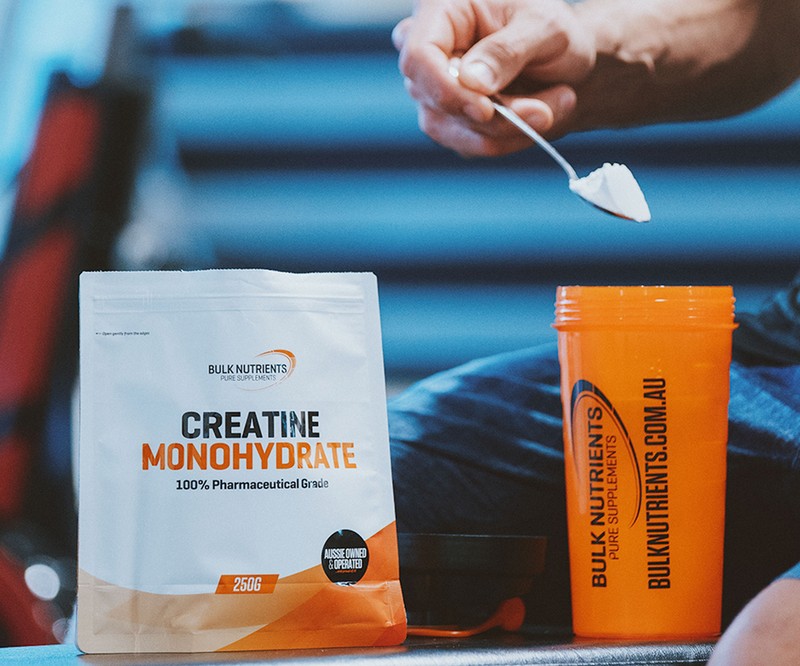Is 3 Seconds of Weight Training Enough to Boost Strength?

Minimum time weight training for stronger muscles?
A recent study took 39 university students and had them perform just one muscle contraction at their maximum effort, for three seconds per day.
They did this weight training for five days a week, over a four week period.
The participants performed either an isometric contraction (where the muscle length doesn’t change, so just holding a weight by your side as if you’re about to perform an exercise), a concentric contraction (lifting the weight up) or an eccentric contraction (lowering the weight down).
The contraction in question was in the movement of a bicep curl, and performed at maximum effort.
Researchers measured maximum contraction strength before and after the four week period, with a control group of 13 students measured before and after, but did not perform any exercise during the time.
So what did they find?
The students who performed the eccentric movement had their strength increase by more than 10 per cent after the four weeks, but less muscle strength was discovered in the other two exercise groups.
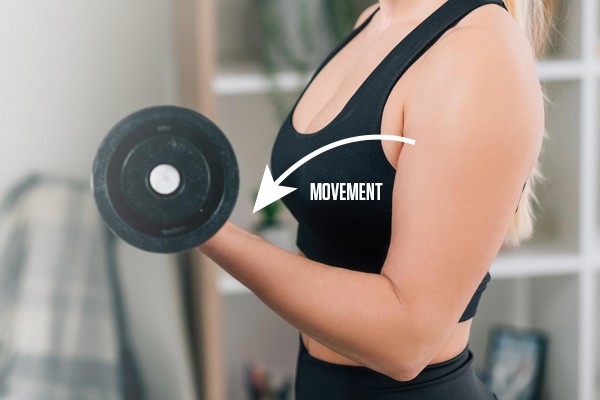
Unsurprisingly, the control group that didn't exercise didn't see an increase.
All three of the lifting methods had some benefit for strength, but the lowering movement produced superior results. Despite the group they were in, each of the participants had all three types of their strength measured.
The group that did the concentric movement improved by 6.3 per cent in their isometric strength, but didn’t see improvement elsewhere. The isometric group saw an increase of 7.2 per cent in their eccentric strength.
However, the group who performed eccentric movements walked away with improvements in their strength across all three measurements:
- Their concentric strength increased 12.8 per cent
- Their isometric strength increased 10.2 per cent
- Their eccentric strength increased 12.2 per cent
And the eccentric group saw an increase in muscle strength to the tune of 11.5 per cent.
And this was after just 60 seconds of effort at the end of the four weeks!
My Thoughts
What I love about this study is how it has the potential to motivate people who think they can't get strong (or even lift weights in the first place) to get started.
When people tell me they don't want to, or aren't motivated to train, I tell them to do one thing - go to the gym, and do just one rep.
After that if you want to go home, do it. But nobody does.
Because that one rep turns into multiple, which turns into motivation and a completed workout.
And imagine if you combined that with supplements for muscle growth - you have an almost unstoppable combination!
But what about people who have gym experience?
This study still has relevance for the gym goer who's undertaken resistance training, one of which is to remember to focus on the eccentric contraction.
You produce greater muscle forces in the eccentric phase, up to 20-60 per cent more than during the concentric phase.
Other research has found that eccentric actions may have the greatest effect on skeletal muscle growth.
So it's critical we control our weight on the way down for maximum muscle growth, and this study is a good reminder of this!
But there's more...

While many trained lifters may not know that 3 seconds might improve strength in untrained subjects, they themselves may only need 13 minutes a week to maintain muscle gains.
A recent study examined 34 males who were frequently training with weights and found one set per muscle group (more sets for legs and back) per workout, was enough to maintain muscle mass.
The following is the regime the study authors had the subjects perform to muscle failure, THREE times per week:
- Seated Rows: 1 set of 8-12 reps
- Military press: 1 set of 8-12 reps
- Lat Pulldown: 1 set of 8-12 reps
- Barbell Bench Press: 1 set of 8-12 reps
- Back Squat: 1 set of 8-12 reps
- Leg Press: 1 set of 8-12 reps
- Leg extensions: 1 set of 8-12 reps
Now, there are no triceps or hamstrings in here, so we should add some in...
So, if you're happy for your workout to be about 15-17 mins, take the below into the gym with you with this in mind:
- Seated Rows: 1 set of 8-12 reps
- Military press: 1 set of 8-12 reps
- Lat Pulldown: 1 set of 8-12 reps
- Barbell Bench Press: 1 set of 8-12 reps
- Lying tricep extension: 1 set of 8-12 reps
- Back Squat: 1 set of 8-12 reps
- Leg Press: 1 set of 8-12 reps
- Leg extensions: 1 set of 8-12 reps
- Hamstring curl: 1 set of 8-12 reps
So if you’re a trained subject, the above workout three times per week is enough to maintain muscle mass…
That’s pretty incredible!
The bottom line on 3 seconds per day
over a four week period.
Someone wanting to use this method would need to perform only one rep, and focus on the eccentric contraction.
For a person who does have training experience, a 13-17 minute workout 3 times a week is enough to maintain muscle mass.
This study is a great reminder that we should all focus on the eccentric contraction during our workouts.
References:
- Sato S, Yoshida R, Murakoshi F, Sasaki Y, Yahata K, Nosaka K, Nakamura M. Effect of daily 3-s maximum voluntary isometric, concentric, or eccentric contraction on elbow flexor strength. Scand J Med Sci Sports. 2022 Feb 1. doi: 10.1111/sms.14138. Epub ahead of print. PMID: 35104387.
- Oranchuk DJ, Storey AG, Nelson AR, Cronin JB. Isometric training and long-term adaptations: Effects of muscle length, intensity, and intent: A systematic review. Scand J Med Sci Sports. 2019 Apr;29(4):484-503. doi: 10.1111/sms.13375. Epub 2019 Jan 13. PMID: 30580468.
- Hollander DB, Kraemer RR, Kilpatrick MW, Ramadan ZG, Reeves GV, Francois M, Hebert EP, Tryniecki JL. Maximal eccentric and concentric strength discrepancies between young men and women for dynamic resistance exercise. J Strength Cond Res. 2007 Feb;21(1):34-40. doi: 10.1519/R-18725.1. PMID: 17313264.
- Hather BM, Tesch PA, Buchanan P, and Dudley GA. Influence of eccentric actions on skeletal muscle adaptations to resistance training. Acta PhysiolScand 143: 177-185, 1991.
- Hortobagyi T, Devita P, Money J, and Barrier J. Effects of standard and eccentric overload strength training in young women. Med Sci Sports Exerc 33: 1206-1212, 2001.
- Hortobagyi T, Hill JP, Houmard JA, Fraser DD, Lambert NJ, and Israel RG. Adaptive responses to muscle lengthening and shortening in humans. J Appl Physiol (1985) 80: 765-772, 1996.
- Nickols-Richardson SM, Miller LE, Wootten DF, Ramp WK, and Herbert WG. Concentric and eccentric isokinetic resistance training similarly increases muscular strength, fat-free soft tissue mass, and specific bone mineral measurements in young women. Osteoporos Int 18: 789-796, 2007.
- Roig M, O’Brien K, Kirk G, Murray R, McKinnon P, Shadgan B, and Reid WD. The effects of eccentric versus concentric resistance training on muscle strength and mass in healthy adults: a systematic review with meta-analysis. Br J Sports Med 43: 556-568, 2009.
- Schoenfeld BJ, Contreras B, Krieger J, Grgic J, Delcastillo K, Belliard R, Alto A. Resistance Training Volume Enhances Muscle Hypertrophy but Not Strength in Trained Men. Med Sci Sports Exerc. 2019 Jan;51(1):94-103. doi: 10.1249/MSS.0000000000001764. PMID: 30153194; PMCID: PMC6303131.









